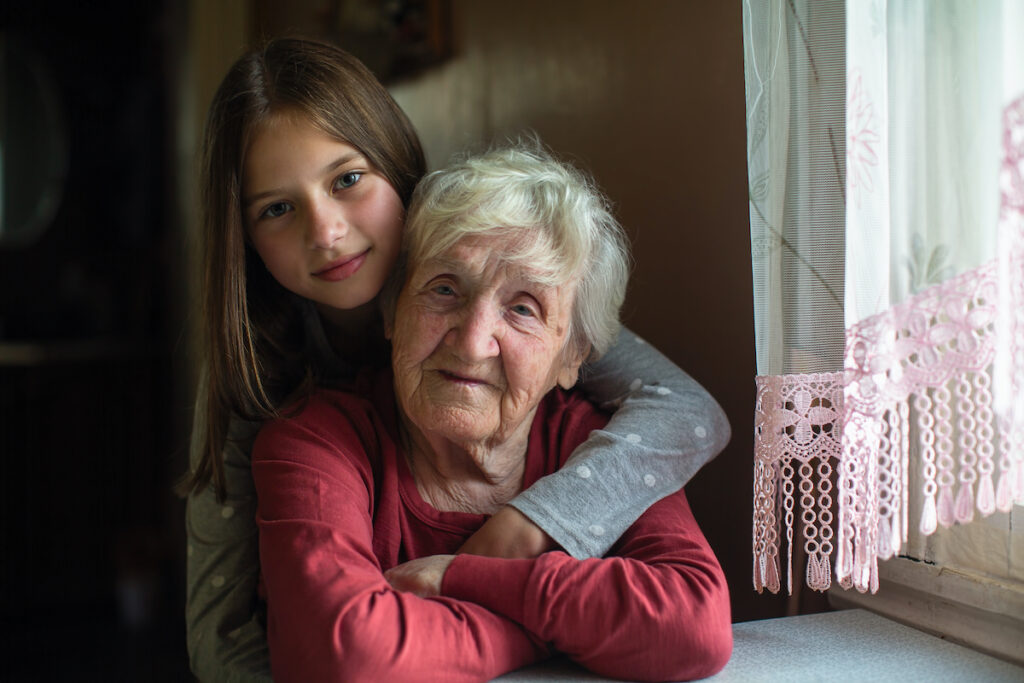
Schizophrenia is an umbrella disease that covers many overlapping subtypes. We currently manage this in the clinic with a ‘trial and error’ approach until an acceptable treatment is found as no consistently useful biomarkers have been identified.
A recent systematic review led by Stefan Leucht aimed to quantify the efficacy of different antipsychotics in the following subgroups, compared with the general population of schizophrenia patients:
- Frst-episode patients
- Children and adolescents
- Patients with mainly negative symptoms
- Patients with ‘treatment-resistant’ schizophrenia
- Patients with comorbid substance use
- Older patients (>65 years).
If the antipsychotic is equally effective in the subgroup as the general schizophrenia population, then studies (and clinical decisions) in the general schizophrenia population can be applied to the subgroup. This is desirable because there are many more studies done on the general schizophrenia population.

Schizophrenia is an umbrella diagnosis encompassing various subtypes. Does the efficacy of available antipsychotics differ between subgroups of patients?
Methods
Pairwise meta-analysis and subgroup tests of RCTs were used by the authors. No exclusion criteria based on age, gender, race or diagnosis were used.
The general schizophrenia population was composed of patients who do not belong to a specific subgroup and are usually included in registrational studies, typically adults with chronic schizophrenia aged between 18 and 65 years with acute exacerbations of positive symptoms.
The analysis included all studies on second-generation antipsychotics in Europe or the USA, and a selection of first-generation antipsychotics. Injectable formulations were excluded.
The primary outcome was the change in overall symptoms of schizophrenia, as measured by rating scales.
Results
The authors’ comprehensive search identified 537 RCTs including 76,382 participants, of whom 34.9% were women and the mean age was 37.3 years (range of means 7.9 to 80.2). The studies spanned regions including Africa, Australia, the Middle East and Asia, but the majority (64%) were based in Europe and North America. Study breakdown:
- General schizophrenia population: 412 RCTs
- First-episode patients: 20 RCTs
- Children and adolescents: 25 RCTs
- Patients with predominant or prominent negative symptoms: 20 RCTs
- Patients with ‘treatment-resistant’ schizophrenia: 42 RCTs
- Patients with comorbid substance use: 13 RCTs
- Older patients (>65 years): 11 RCTs
Of 507 random-effects subgroup tests done, 46 (9%) showed a significant difference (p<0·05) between subgroups, but there was no clear indication as to which drug should be used in which subgroup.
Overall, outcomes where findings in the general population may not apply to subgroups include:
| Amisulpride vs Olanzapine | Equivalent in SZ gen pop | Olanzapine more effective in NegSym |
| Olanzapine vs Asenapine | Olanzapine more effective in SZ gen pop | Equivalent in NegSym |
| Risperidone vs Cariprazine | Risperidone more effective in SZ gen pop | Equivalent in NegSym |
| Clozapine vs Chlorpromazine | Equivalent in SZ gen pop | Clozapine more effective in TreatRes |
| Clozapine vs Haloperidol | Clozapine more effective in SZ gen pop | Equivalent in Paeds and NegSym |
| Haloperidol vs Fluphenazine | Equivalent in SZ gen pop | Haloperidol more effective in Paeds |
| Olanzapine vs Haloperidol | Olanzapine more effective in SZ gen pop | Equivalent in Paeds, Subs and NegSym |
Key: NegSym: patients with negative symptoms, Paeds: children and adolescents, Subs: patients with comorbid substance use, SZ gen pop: general schizophrenia population, TreatRes: patients with ‘treatment-resistant’ disease.

The study found that the effects of antipsychotic drugs in the various subgroups were usually similar to the general schizophrenia population.
Conclusions
The authors concluded:
The effects of antipsychotics in various patient subgroups were usually similar to those in the general population of patients with schizophrenia, but comparably few studies contributed to the subgroups, in particular in terms of side-effects. If the evidence for treatment in a given subgroup is small, guideline makers and clinicians should consider using the results in the much better studied group of the general population of patients with schizophrenia.

Policy-makers and clinicians should consider applying the findings to the subgroups of people with schizophrenia that are better studied in research.
Strengths and limitations
This paper’s primary strength is its sheer size; it includes >76,000 patients and almost all available antipsychotics. Furthermore, the focus on the often ignored important subgroups (e.g., children, adolescents, and older patients) is a stand-out feature of this research.
As the authors state, their research is limited by heterogeneity within each subgroup (e.g., the definition of ‘treatment resistance’ varied by study). Also, the study did not find consistent patterns across drugs or subgroups; most notably for clozapine, which would be expected to be consistently superior to other antipsychotics.
In addition, the authors use the general schizophrenia population as the foundational comparator and treat it as the majority subgroup. However, it may be composed of even more subgroups, including some of those presented in this study. This may water down the findings and make them less robust. Outcomes were focused on finding at up to 3 months – while this is widely accepted in the literature, its clinical utility is limited. Long-term data would be far more useful for clinical decision-making.

This systematic review features the often ignored important subgroups of people with schizophrenia including children, adolescents, and older patients.
Implications for practice
The authors present an interesting study that attempts to support clinical decision-making in important patient subgroups. Overall, they show that the data do not support an individualised treatment approach, where treatment is matched to a patient subtype. Pharmacologically, this may occur because drugs have global effects on various receptor types and subtypes, diluting any pronounced effects on a defined subtype of the disease.
Personally, I am of the view that the foundation of the study presents inherent challenges to this approach. As stated earlier, schizophrenia is an umbrella term for what may be a collection of illnesses, which has been described at the genetic level by Arnedo et al. (2015), and the proteomic level by Guest et al. (2013). Therefore, collecting data based on overt symptoms does not consider the biological differences between patient subtypes, and may not have the capacity to show the differences we want to see.

Although an attempt to support clinical decision-making in treating different groups of people with schizophrenia, it does not support an individualised pharmacological approach.
Links
Primary paper
Leucht S, et al. The response of subgroups of patients with schizophrenia to different antipsychotic drugs: a systematic review and meta-analysis. Lancet Psychiatry. 2022 Nov;9(11):884-893. doi: 10.1016/S2215-0366(22)00304-2.
Other references
Arnedo J, et al. Uncovering the hidden risk architecture of the schizophrenias: confirmation in three independent genome-wide association studies. Am J Psychiatry. 2015 Feb 1;172(2):139-53. doi: 10.1176/appi.ajp.2014.14040435.
Guest PC, et al. Proteomic profiling in schizophrenia: enabling stratification for more effective treatment. Genome Med. 2013 Mar 26;5(3):25. doi: 10.1186/gm429. PMID: 23531373; PMCID: PMC3706977.
Photo credits
- Photo by Roberto Sorin on Unsplash
- Photo by Andrey K on Unsplash
